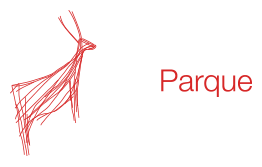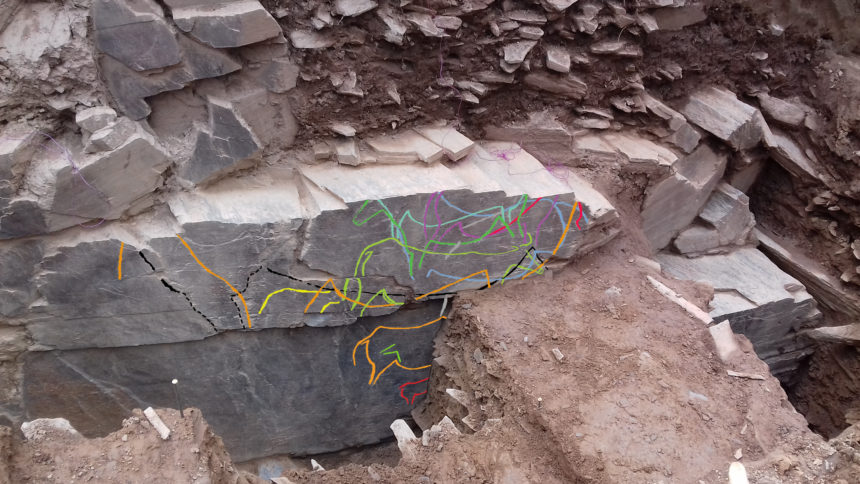Important discoveries in the Côa Valley during the pandemics
The archaeological team of the Côa Park Foundation has just published an article in Archéologia, the most important French magazine on archaeological news. The team announced the discovery of a new engraved panel, more than 6 meters long, containing more than 20 new Palaeolithic engravings, which was covered by archaeological layers. Meanwhile, archaeological works have been suspended under the COVID-19 contingency plan.
Earlier this year, the archaeological team of the Côa Park Foundation, led by Thierry Aubry – the new technical and scientific manager of the Côa Museum and Côa Valley Archaeological Park – started excavation works near panel number 9 of Fariseu, one of main rock art sites in the Côa Valley, classified as a National Monument and inscribed on UNESCO’s World Heritage List.
These works were led by the identification of an engraved line on this rock panel, with a visible surface of less than a 1 meter wide, which continued under the present-day ground level.
Under the excavated sediments it was discovered that the visible tip was part of a large rock panel, more than 6 meters long. It was also found that the line observed on the surface was part of the croup of a large aurochs (wild ox), over 3.5 meters in length. This is the largest rock art figure in the Côa Valley and on the Iberian Peninsula, and one of the largest ones in the world, only comparable with Lascaux Cave’s black bulls. Within this figure other smaller animals were engraved by pecking and abrasion: a hind, an ibex and a female aurochs, followed by its calf. On the right sector of the panel, another set of engravings was identified, containing several representations of aurochs, deer and horses, all superimposed, and partially still under unexcavated sediments.
In addition to the importance of the finding of the rock art, the fact that it was found under archaeological layers is very important in order to date it, since it must be older than the archaeological layers that cover it. This is the only way to objectively date the Côa Valley engravings, since it is impossible to date directly by radiocarbon due to the lack of organic material.
It should be noted that in 1999, panel 1 from the same site had already been identified covered by archaeological sediments. It was then possible to date the first and last phases of the Côa Valley Palaeolithic rock art. Further results depend on the continuation of archaeological works and absolute dating of the archaeological layers, however, when comparing it to panel 1, it is already possible to assert that this rock art dates from the Côa Valley’s oldest phase, more than 23,000 years ago.
The continuation of the suspended works and the absolute dating of the archaeological layers to be carried out will allow dating these layers that cover the engravings in a scientific way.
These excavation works were led in the context of the archaeological study of archaeological context of the Côa Valley rock art, which began 25 years ago. The preliminary data now published stresses the importance of continuing archaeological studies in the Côa Valley, demonstrating once again that a large part of this heritage is still underground, where one must seek the answers to the questions on why and when the Côa Valley Paleolithic rock art was produced. Archaeological works will continue as soon as current measures to contain the pandemic COVID-19 allow it.
A brief note:
Thierry Jean Aubry, PhD in Quaternary and Prehistory Geology, in 1991, from the University of Bordeaux obtained the equivalence, in 1998, to the degree of Doctor of Letters, in History, specialty of Archeology, by the University of Coimbra.
Since 1996, he has been responsible for the archaeological research on the Palaeolithic in the Côa Valley Archaeological Park, which allowed dating the main artistic phases and contextualizing Palaeolithic art.
He teached Geology as a professor in the University of Quetta (Pakistan), participated in archaeological missions in Brazil, Portugal (Serra de Sicó) and France (Claise Valley, Touraine).
He is the author of more than 200 scientific articles, 25 of which in peer-reviewed journals.


